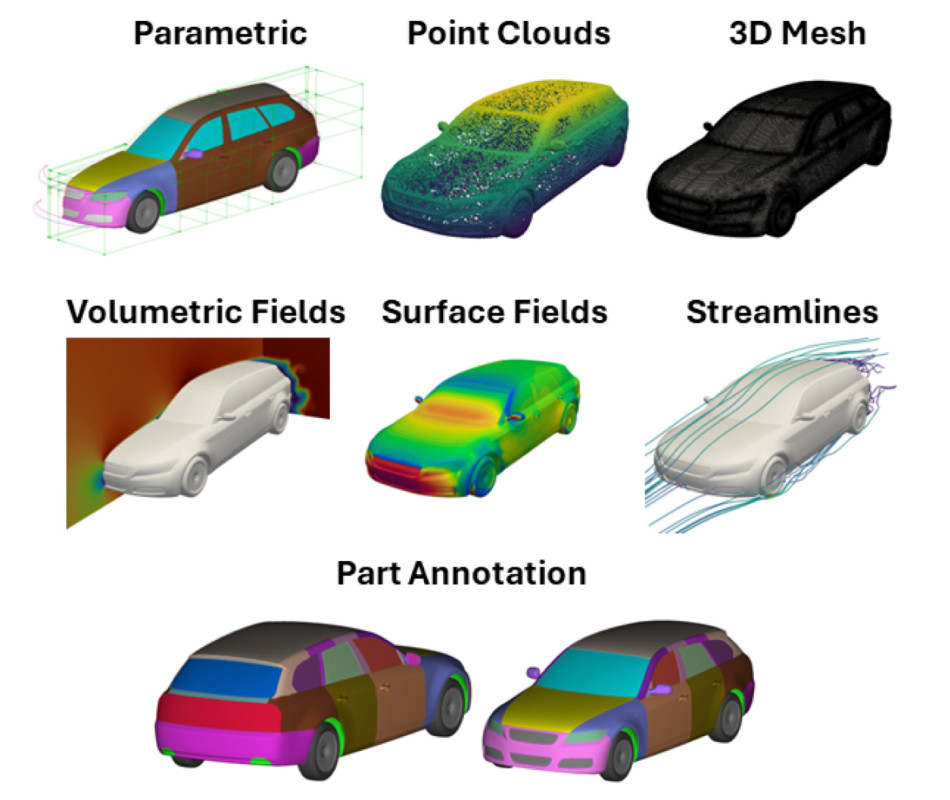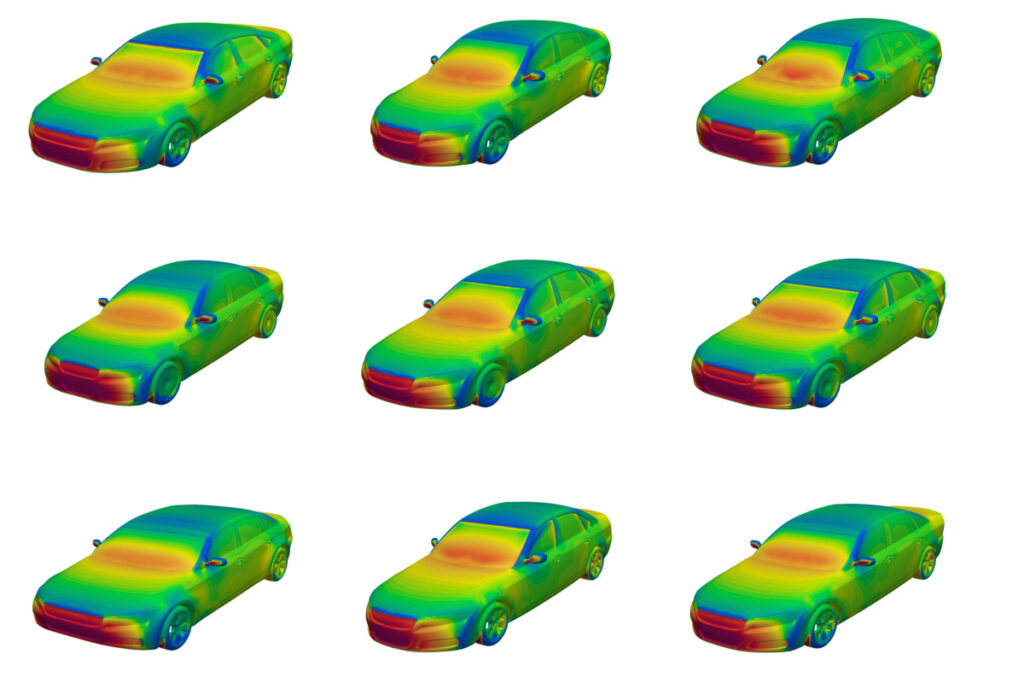If you had asked me what I wanted to be when I was growing up, I would have told you that I wanted to be a Formula 1 race car driver, a Lamborghini test driver, or even an airline pilot. I was obsessed with cars or anything cool that had to do with speed.
Another job on my dream list includes car designer, although I never had the art skills to pursue that path.
💰💸 Don’t miss the move: SIGN UP for TheStreet’s FREE Daily newsletter 💰💸
I could only dream of my name being revered like Giorgetto Giugiaro, Henrik Fisker (yes, that Fisker), Ian Callum, or my personal favorite: Marcello Gandini, the guy behind the striking lines of Lamborghini’s Miura and Countach.
Ultimately, my way around pencils, pastels, and paintbrushes would dissuade me from pursuing anything remotely artistic. Unfortunately, like how it has affected most traditional and digital artists, the threat of AI is also reaching car design, and MIT engineers are behind it all.
Mohamed Elrefaie/MIT
Virtual insanity
In a news release, engineers at MIT announced that AI could help streamline the car design process and make cars more efficient by eliminating designers, clay models, and wind tunnels and letting AI do the heavy lifting.
AI tools that help design aerodynamic cars from scratch with aerodynamics in mind already exist. However, the data it requires to run has been either closely guarded by private companies or is next to impossible to find.
MIT’s solution was to create a dataset, essentially a big, organized folder with lots of data in it. Dubbed DrivAerNet++, this dataset boasts over 8,000 3D car designs, each paired with simulation-based aerodynamic data. Think of it as a library full of car designs where each “book” contains data for a car that exposes how aerodynamic or not they are.
Related: Nissan execs sound the alarm on an increasingly dire situation
MIT engineers started compiling this data in 2014 from a few baseline 3D models provided by Audi and BMW.
These models were divided into three categories: fastback, notchback, and estate back (wagons). With these baseline files, the team made changes to 26 different parameters around the car — adjusting their lengths, mixing up different parts in the underbody, and adjusting the slope of the windshield. They saved each variation as a new design until they had 8,000 unique designs.
The MIT engineers shared examples that look like station wagons, like the BMW 3 Series Touring or the Audi A4 Avant, while other models look like a hodgepodge of different BMW and Audi design features.

Mohamed Elrefaie/MIT
The end-all, be-all of the MIT engineers is that this dataset will be used to teach AI how to design cars, which would cut out a significant expense for many automakers. Last month, General Motors laid off 1,000 workers, most of whom worked at the GM Tech Center, one of GM’s Research and Development centers in Warren, Michigan.
“This dataset lays the foundation for the next generation of AI applications in engineering, promoting efficient design processes, cutting R&D costs, and driving advancements toward a more sustainable automotive future,” says Mohamed Elrefaie, a mechanical engineering graduate student at MIT.
Additionally, MIT Assistant Professor of Mechanical Engineering Faez Ahmed noted that with AI, automakers could do away with making small tweaks and significant redesigns more frequently without spending millions on R&D expenses like physical prototypes or agonizing over wind tunnel tests.
“Often when designing a car, the forward process is so expensive that manufacturers can only tweak a car a little bit from one version to the next,” Ahmed said. “But if you have larger datasets where you know the performance of each design, now you can train machine-learning models to iterate fast so you are more likely to get a better design.”

Where will all the human-designed cars go?
However, for all the “efficiency” this promises automakers, the AI-driven revolution does trigger some doubts and questions.
First, will automakers teach AI to design a car for actual people?
I am no Giugiaro, but car design isn’t just about making designs that cheat the air; it’s a puzzle that makes something beautiful using limited parameters.
Related: Jaguar’s controversial rebrand may have a silver lining after all
If everyone’s goals are the same, will we end up with roads, highways, and parking lots full of blobish cookie-cutter cars that are indistinguishable except for the badges on the grille? The real danger exists in an industry that is losing meaning.
Additionally, there are other human-made factors to consider, like crash safety regulations and adapting designs for tooling or to fit on a physical production line, as well as additional expenses that can make or break the next “breakthrough” in car design.
More Automotive:
- Toyota sales slide in Japan and China—what’s behind the decline?
- Jaguar’s controversial rebrand may have a silver lining after all
- S&P analysts issue stern warning about tariff effect on car buyers
Then there’s the enthusiast angle. Car fanatics love the quirks and features of today’s cars, which could be lost to AI in the future if this dataset has any legs. Imagine this model-year Honda Civic or Ford Mustang being a collector’s item in the future because it’s a “pre-AI” model.
There is no doubt that AI software can help bring new cars to market faster and cheaper, make them more fuel efficient, or extend their range, but for many, cars are more than aerodynamic shapes.
This whole AI design debacle reminds me of another lesson. When my teacher taught me how to use a calculator, I was told that although they can add or subtract for you, they are only useful if you know how to do the math behind them; they will only do some things for you.
In the case of car design, designers and auto executives might want to treat AI like a calculator: it is only as smart as the person using it.
Related: Veteran fund manager sees world of pain coming for stocks
